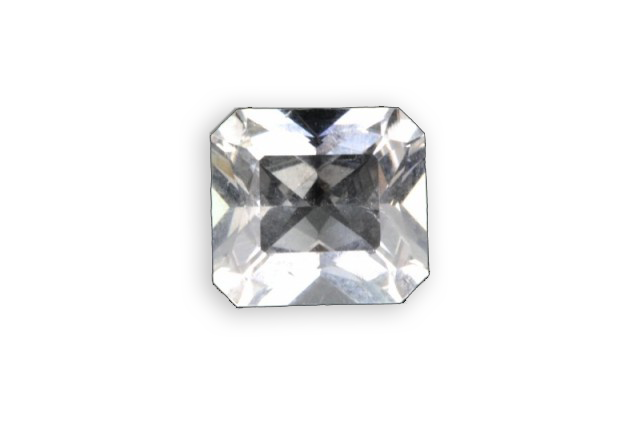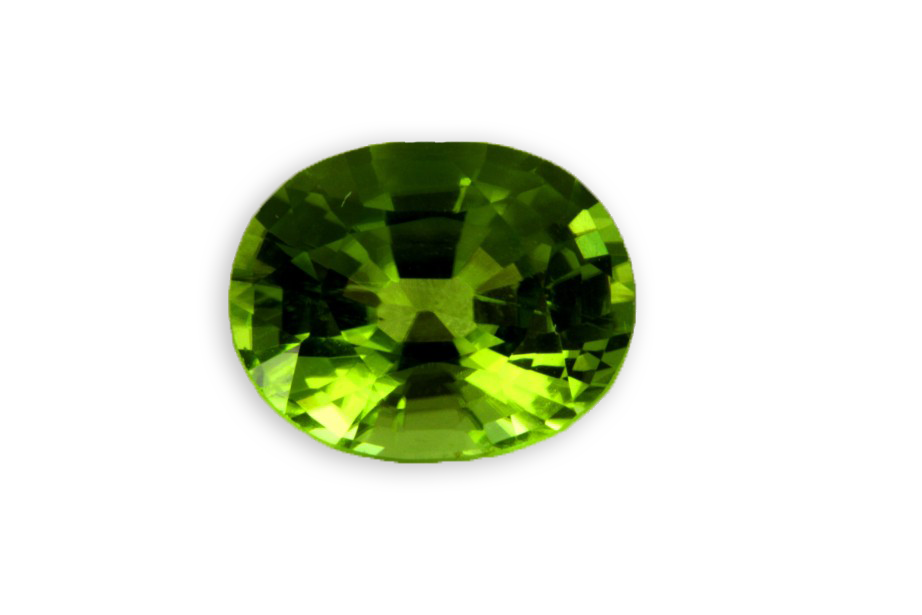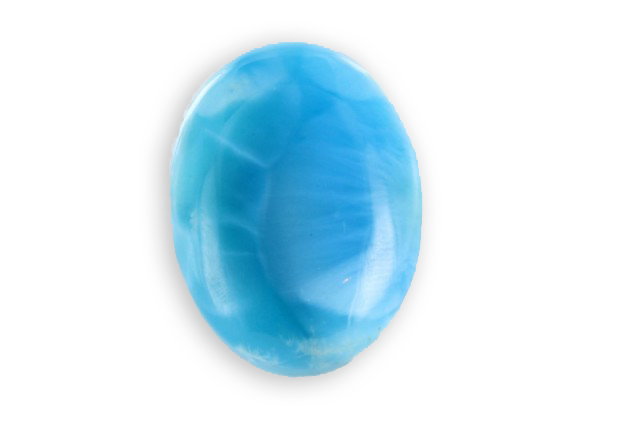
pyrolusite
Identified and named in 1827, its name comes from the Greek words meaning “fire” and “who washes”, as it was used to remove from glass its green and brown color due to iron. This is the main element of “dendrites ” black seepage into the
Je vous emmène à travers mes vidéos découvrir mon expérience acquise depuis plus de 30 ans a silloner le globe entier à la recherche de pierres précieuses, de rencontre mémorables mais aussi de difficulté parfois …

Identified and named in 1827, its name comes from the Greek words meaning “fire” and “who washes”, as it was used to remove from glass its green and brown color due to iron. This is the main element of “dendrites ” black seepage into the


Discovered in 1962 by Pieters in Namibia, this breach consists of an hawk eye and a tiger’s eye (crocidolite). Subsequently, it was discovered in China a rock quite close in appearance to Pietersite, which would be a amphibole rich in torendrikite instead of crocidolite. This


Formerly this mineral was called chrysolite, although the “chrysolitus” of Pliny was probably referred to topaz, a “yellow stone”, a “golden stone”. Also called ” stones of knights ” because it would be the crusaders who brought peridot from the east to europe where it

The blue and white larimar is the only variety of this stone sought. Known since the early twentieth century, the blue variety of volcanic origin was rediscovered in 1974 in the Dominican Republic. Its name was assigned by its discoverer Miguel Mendez: Lari (the beginning